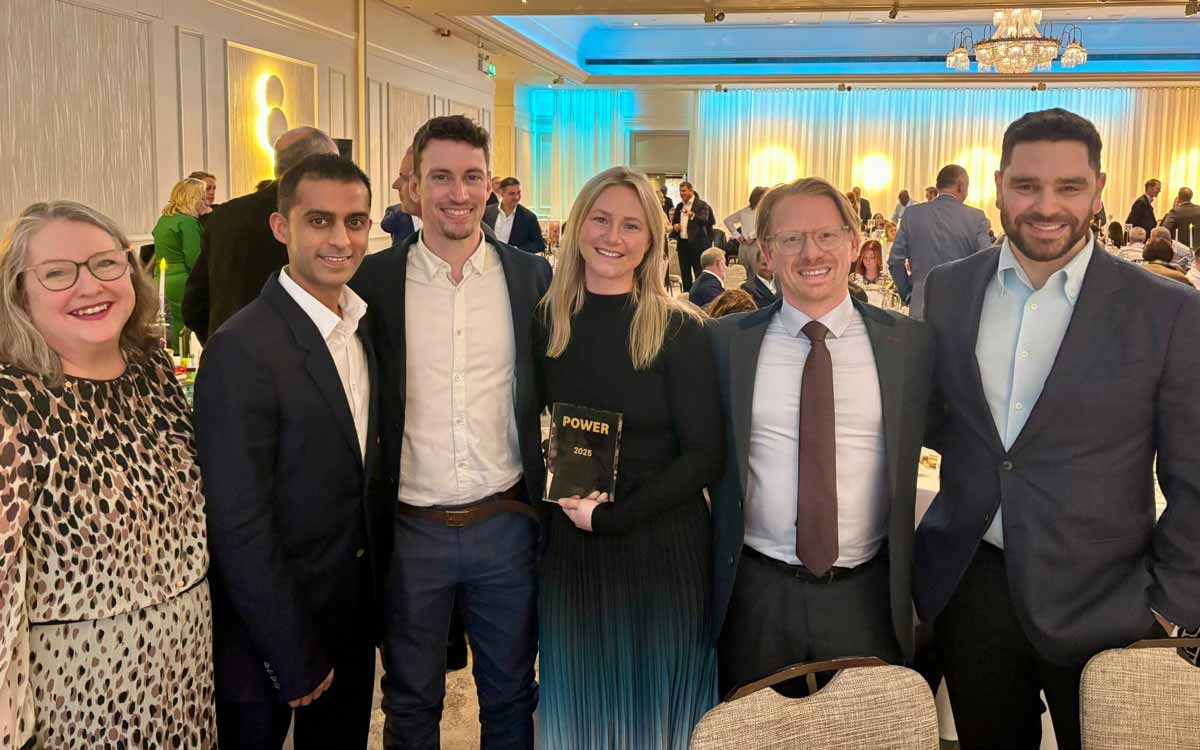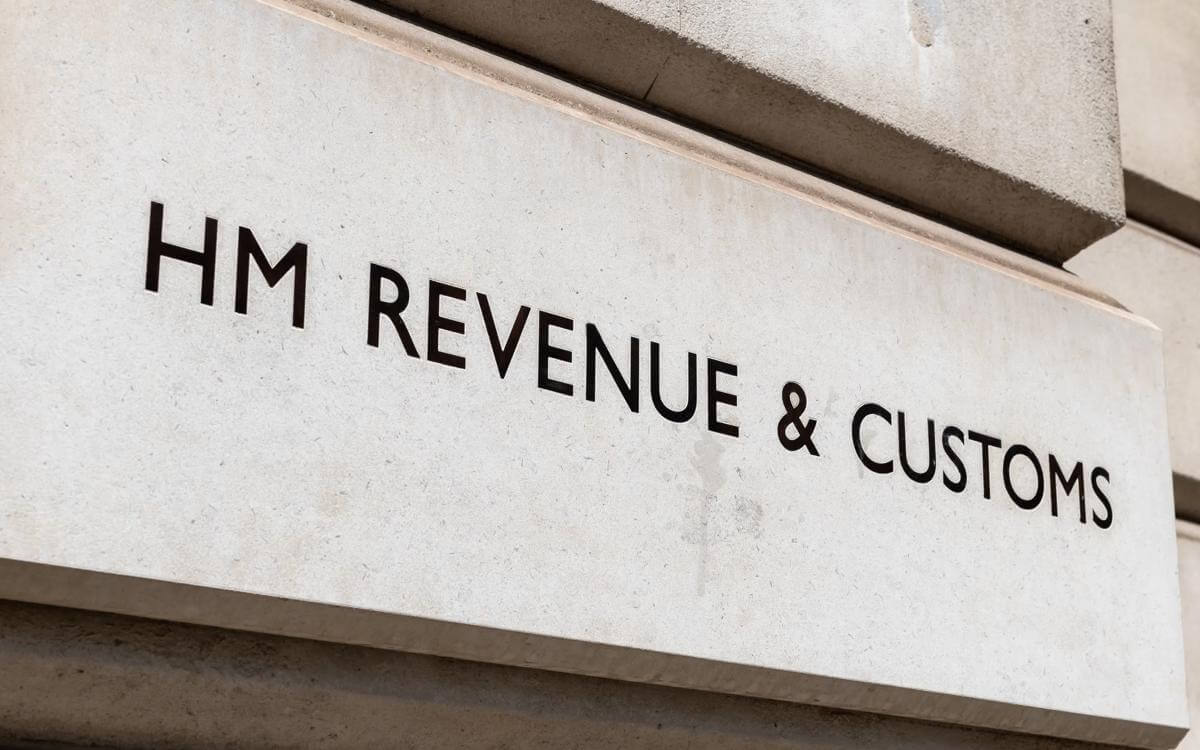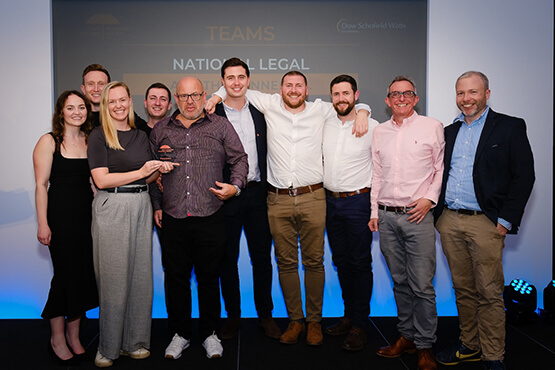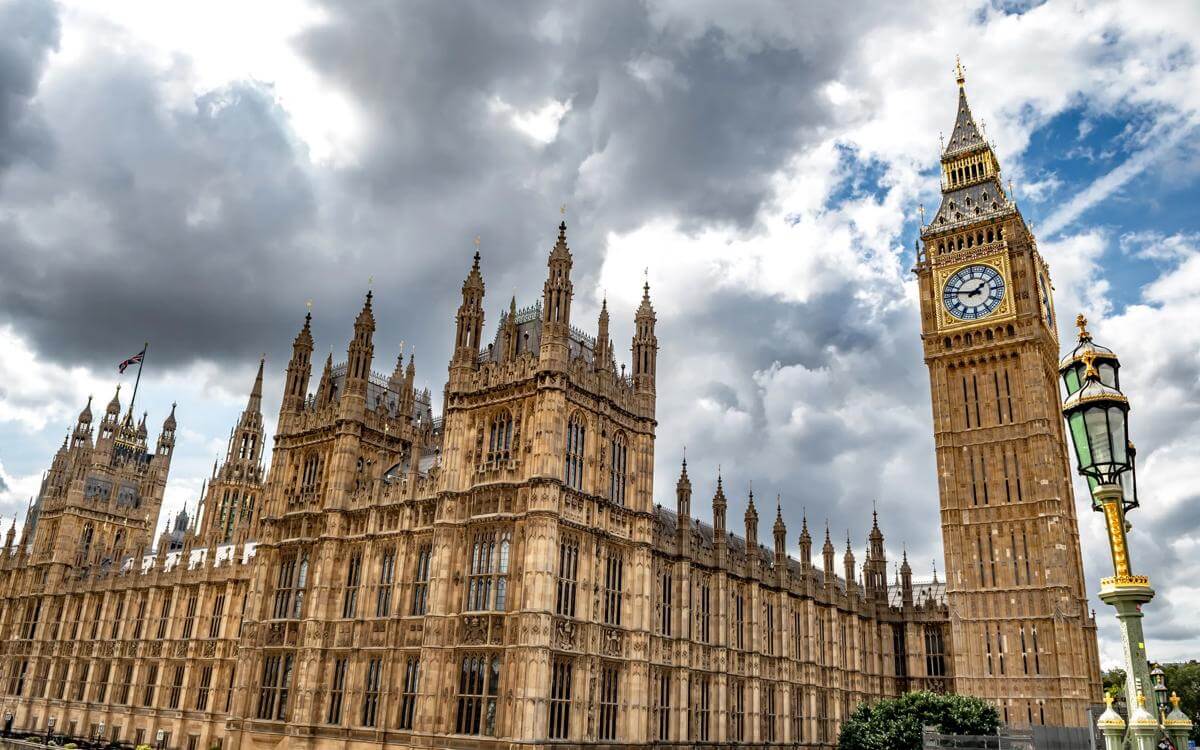In a corporate transaction domain names are often bundled together with trademark rights; initially during due diligence and later when drafting trademark assignments. Many businesses (but not all) incorporate their trademarks into their domain names. For example the brand Nike has trademarks in the word Nike. As Nike is distinctive and not descriptive it is capable of being registered as a trademark. Nike also uses the domain nike.com to market its goods and as such any 3rd party using Nike risk infringing the trademark rights of Nike. This is different to a domain such as hotels.com. Hotel is descriptive and not capable of being registered as a trademark. Allowing such a registration would prevent all hotels describing themselves as such. Some domain names incorporate words which are trade marks and some domain names do not. The point is that the domain name itself is not the intellectual property right.
What is a domain name?
A domain name on its own does not attach to any tangible thing; it is not fixed. It is a string of characters which directs a user to a particular area of space sitting on a server which may or may not contain further information. This server space (which is ring-fenced by paying an appropriate fee) may be occupied by digital works of copyright. The most well-known is works of copyright in website content (e.g. text, pictures, graphics and videos) and to a lesser known extent, copyright in software code. This code sits behind the website and allows the website to operate as it should (think interfaces and operating systems). This interoperability can be illustrated by the issues web users experienced when internet use transitioned to smart phone use. Many websites designed to operate from a desk-top PC no longer worked properly and such websites had to be modified to allow browsing via smartphone technology. Again, the point here is that works of copyright subsist in the code and website content and not the domain name itself.
Domains are transient; they can be used to direct users to any space on the web which, if used correctly directs you to relevant information. In reality the information (if any) may or may not be connected to the string of characters. The individual with technical rights is able to configure the space where the domain sits to direct users to the most appropriate web space: a common practice employed by owners of multiple similar domains where a user typing in 100 domains will redirect them to a single domain, often a generic top-level domains (gTLD) or .com domain. Commercially, you would want your customer users to land at relevant content but phishing practices, worms and viruses pose significant cybersecurity risks to the business. These practices can result in customers revealing personal and financial information to 3rd parties who use the information fraudulently. If your customers or potential customers are victims of such cybercrimes they will have little trust in your business and you will most likely suffer adverse publicity. A cyberattack which divulges personal data and which has been made possible due to inadequate security measures will not only harm your reputation but may also land you with a penalty from the Information Commissioner as well as you being subject to claims from individuals whose personal data has been obtained.
Why is a domain name not an intellectual property right?
A domain name as an intellectual property right often fails to meet the requirements of being unique and distinctive; essential for trademark registration.
The most valuable domain names in industry are not trademarks. They are those not capable of trademark registration for lack of distinctiveness and being descriptive of the good or service to which it is trying to attach.
If a domain name is an intellectual property right, then it can only be an intangible asset, the expression of which can only be the words or string of characters which may or may not direct a user to that particular server space containing further information.
An intellectual property right is an intangible right which attaches to its tangible expression. As an intangible right, the benefit of ownership is that its owner has a right of enforcement. This enforcement right is one which is not necessarily subject to taking physical possession. Delivery up of tangible expressions of intellectual property rights illustrates enforcement by taking physical possession in an intellectual property context.
There is no dispute that there is inherent value in some domains which are devoid of distinctive character for trademark purposes and require no creative skill or effort. Excellent examples include domains such as hotels.com and insurance.com. The value of these domains is not in the domain itself but rather in the aggregation of information and data which sits within these domains.
So, if it’s not an IP right is it a tangible property right?
The right of enforcement of tangible property is possession. If a domain name is a tangible property right then legal assignment (transfer) must be by taking possession. Further, to legally assign a tangible property right the assignment must be absolute or unconditional. A domain name owner does not have this absolute right and title to give. There is no legal basis to bring a claim against a bona fide domain name owner (other than for trademark infringement). Its entitlement is subject to the terms of the registration agreement with the domain name registrant which is ultimately controlled by the ICANN. It is therefore not a tangible property right either.
Whilst many bundle domain name registrations along with trademarks or other intellectual property rights, unless there are adequate contractual provisions to effect transfer, there is no legal basis which a purchaser of a domain name could enforce its rights against the original party.
Remedying deficiencies for which to bring a claim
The owner of a domain name is the person or entity listed as being authorised to make or request changes to be made in certain information related to a domain name. It is crucial to not only know who the registrant is but also who has administrative, billing and technical rights related to any given domain. Any purported transfer of a domain name from one registrant to another should be by written contract, the terms of which address each of the aforementioned rights which if the original registrant fails to fulfil its contractual obligations gives the incoming registrant the right to claim for breach of contract.
What your contract should include
Where a transaction does not involve the transfer of valuable intellectual property rights, it is not necessary to draft additional documentation for the transfer of domain names. You do not need an assignment. It is adequate to include the necessary provisions in the transaction documentation.
Similarly, if a transaction does involve transferring valuable intellectual property rights, domain name transfer obligations can be included within the IP assignment documentation or the transaction documentation but corporate and IP teams need to be clear between them as to where it is being addressed.
As a purchaser, you will want to ensure there is a clear contractual right to access and control the domain names. This can form part of the completion deliverables and includes:
- providing online domain name account details and passwords;
- completing the relevant change of registrant details including administrative, technical and other contacts as necessary as well as changing any webhost; and
- providing evidence of having effected the change by way of email confirmation or notification to or from the domain name registrar.
A purchaser will also want to receive the benefit of certain warranties which will again strengthen the contractual basis for which you may bring a claim should the seller fail to affect the transfer. These warranties are that:
- the seller is the current registered owner and has the right, power and authority to transfer the domain name;
- the domain is free from any 3rd party rights and that it has not been the subject to challenge or contested by any 3rd party;
- the seller has not committed any breaches under the registration agreement;
- all formalities including renewals have been complied with; and
- the owner does not use any part of the domain name as a trademark (registered or unregistered) post-transaction.
Contact

Mark Hickson
Head of Business Development
onlineteaminbox@brownejacobson.com
+44 (0)370 270 6000









































